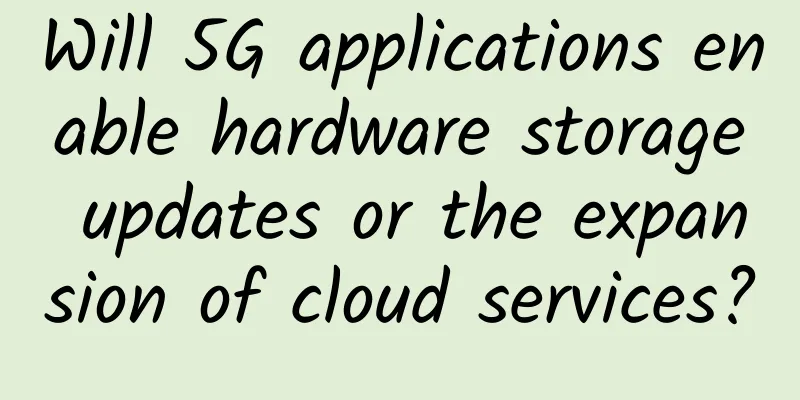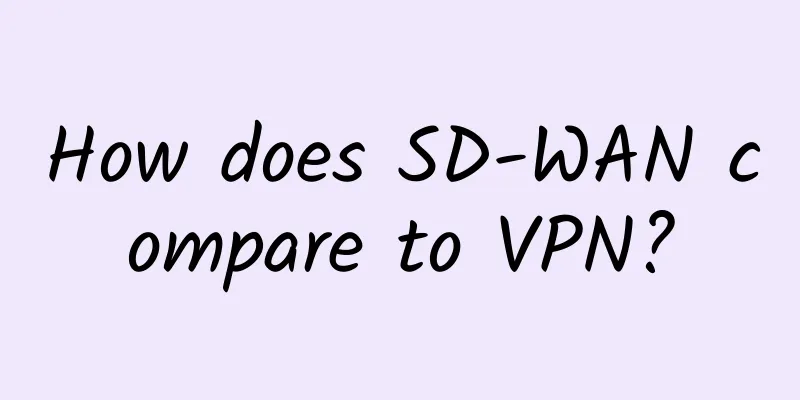Three tips to get a good start on AIOps implementation

|
Faced with fierce market competition, enterprises realize that they must establish a smooth "link" between business and IT. As the two pillars of formulating corporate development plans and strategic routes, the IT department should become an important partner and supporter of the business department. The birth of IT departments coincided with the early mainframes, when their basic role was limited to "speed and feed". However, in the subsequent development process, enlightened CIOs began to actively cooperate with business leaders to think about the actual impact of operational indicators on downstream businesses. This ability to link ecosystem observability and operational indicators with business results not only represents a clear competitive advantage, but is also a necessary condition for enterprises to achieve transformation and rapid innovation. But it's easy to say, how can we move towards this ultimate goal step by step? There are two main ways to measure IT performance: efficiency and effectiveness. Efficiency measures IT performance, usually in terms of speed, availability, and throughput. On the other hand, effectiveness expresses the ability of the IT department to influence business output. Obviously, the business department is more familiar with indicators such as effectiveness, which include availability, customer satisfaction, customer conversion rate, and financial indicators. Whoever can achieve these goals can maintain above-market growth rates, provide value to shareholders, and help customers. Legendary guru Peter Drucker explained the difference between efficiency and effectiveness in his best-selling book The Effective Executive. Although his conclusion was born in 1966, it has stood the test of time. Drucker believes that the two can be understood as "doing things right" and "doing the right things". Taking the CIO function as an example, doing things right is the most important, and doing the right things means setting the right goals to drive business development, which is a prerequisite for achieving goals. It turns out that the value of IT is often reflected in budgets and staffing. In explaining value, CIOs are demonstrating how they understand the direct impact of systems, services/applications, and even customer groups on business outcomes - such as customer conversions, customer loyalty quantified by Net Promoter Score (NPS), and ultimately revenue and profitability. They can justify IT spending in the context of services and customers. With that in mind, let's quickly sort out which metrics don't prove the value of IT and which ones do accurately reflect the return on IT. Metrics such as uptime and service level agreements (SLAs) are often used in IT management, but these are obviously irrelevant to senior management. Instead, more meaningful IT metrics should point to innovation and expansion capabilities, such as time to release new services (TTNS). Another important metric is to prove the ability of IT solutions to cope with changes. Today, agile companies have incorporated digital services into daily operations. Excessive changes and innovations often lead to service failures and seriously affect customer experience. Once affected, customers are likely to reduce their purchase amount or even consider switching to new service providers. In the face of such problems, IT needs to strike a balance between the speed of responding to failures and the speed of releasing innovations. Ideally, IT departments should detect and respond to failures before customers are actually affected. Although IT cannot completely eliminate failures, it can often be the first to identify the existence of problems and use knowledge to prevent potential serious consequences. To improve this performance, modern CIOs are turning to AIOps. AIOps refers to the integration of artificial intelligence and IT operations, specifically including big data analysis, machine learning (ML), and other artificial intelligence (AI) technologies, to automatically identify and solve common IT problems. For example, IT staff can use AIOps to measure the frequency of unexpected events caused by changes and associate events with specific customer groups. IT teams can also conduct what-if analysis and automatically complete responses before customers experience actual failures. Through this proactive identification and response capability, AIOps can prevent similar failures from happening in the future and improve IT metrics. This proactive management capability not only improves the customer experience, but also can be quantified through NPS. Ultimately, operating costs will be reduced, customers will be more willing to accept new services, and technical measures will be easier to understand and accept by senior management. Efficiency and effectiveness can be said to be the core of the CIO's functional positioning. In order to cooperate well with the business department, the CIO must determine what is more important to the business based on a specific time period, and then inject resources accordingly to ensure that the IT system has the necessary technology and talent. Only by unifying the priorities of IT and business departments can the two parties truly establish a cooperative relationship and ensure that the CIO "does the right thing." Combined with practice, we found that the following three steps can serve as an ideal starting point for enterprises to explore AIOps: • Fight the first battle: Inventory your systems and processes to identify those that are duplicative, clunky, and inefficient. Eliminating and streamlining these processes can help you improve business efficiency. • Focus on the right data: A lot of data is not relevant to the business. Therefore, please make sure to only record the most valuable use cases and the most worthwhile problems to solve, and then determine what data is needed to solve them. The significance of this practice is to guide us to focus on the right data. • Draw an ecosystem map: Identify the cross-functional teams in the entire enterprise ecosystem. Through this system map, we can identify who needs to collaborate and then aggregate data to train the model. I hope these three tips can help you take the first step in your AIOps exploration journey. |
>>: Russia launches first ultra-fast 5G network
Recommend
China's operators' semi-annual report: 5G package users close to 500 million
On August 19, China Unicom announced its first-ha...
Let’s talk about what is 5G CPE?
[[350048]] This article is reprinted from the WeC...
Interviewer asked: What is a dynamic proxy?
[[439196]] This article is reprinted from the WeC...
Simple test of HostYun Australian data center AMD series VPS
Earlier this month, the blog shared information a...
2021 China Internet Haha List 2: Top Ten Events
In 2021, the Internet industry has emerged with m...
TCP state transition and production problem practice
The previous article introduced the main processe...
In 2025, what directions in the communications industry are worth paying attention to?
Time flies, and in the blink of an eye, 2024 is o...
Huawei has done four "small things" to achieve intelligent evolution with its ecosystem partners and win-win ecosystem
[51CTO.com original article] This morning, Huawei...
Halfway through 2021, China Broadcasting and Television 5G begins to accelerate
2021 is already halfway through, and China Radio ...
TMThosting: Seattle high-security VPS with 20% off for monthly payment, 30% off for annual payment, China Unicom CUVIP line, Alipay support
It has been a while since I shared information ab...
Revolutionizing Connectivity: Benefits of Power over Ethernet Solutions
Revolutionizing Connectivity: The Untold Benefits...
How packets travel through the various layers of the TCP/IP protocol stack
All Internet services rely on the TCP/IP protocol...
Veteran Network Engineer: A brief discussion on the thinking and practice of SDN design under cloud-network collaboration
The Internet has been quietly changing over the y...
China has built more than 790,000 5G base stations, with 260 million terminal connections
[[394253]] Officials from China's Ministry of...
Microsoft announces that US operator AT&T's 5G mobile network business will be migrated to Azure cloud service
Microsoft announced today that US telecom operato...









